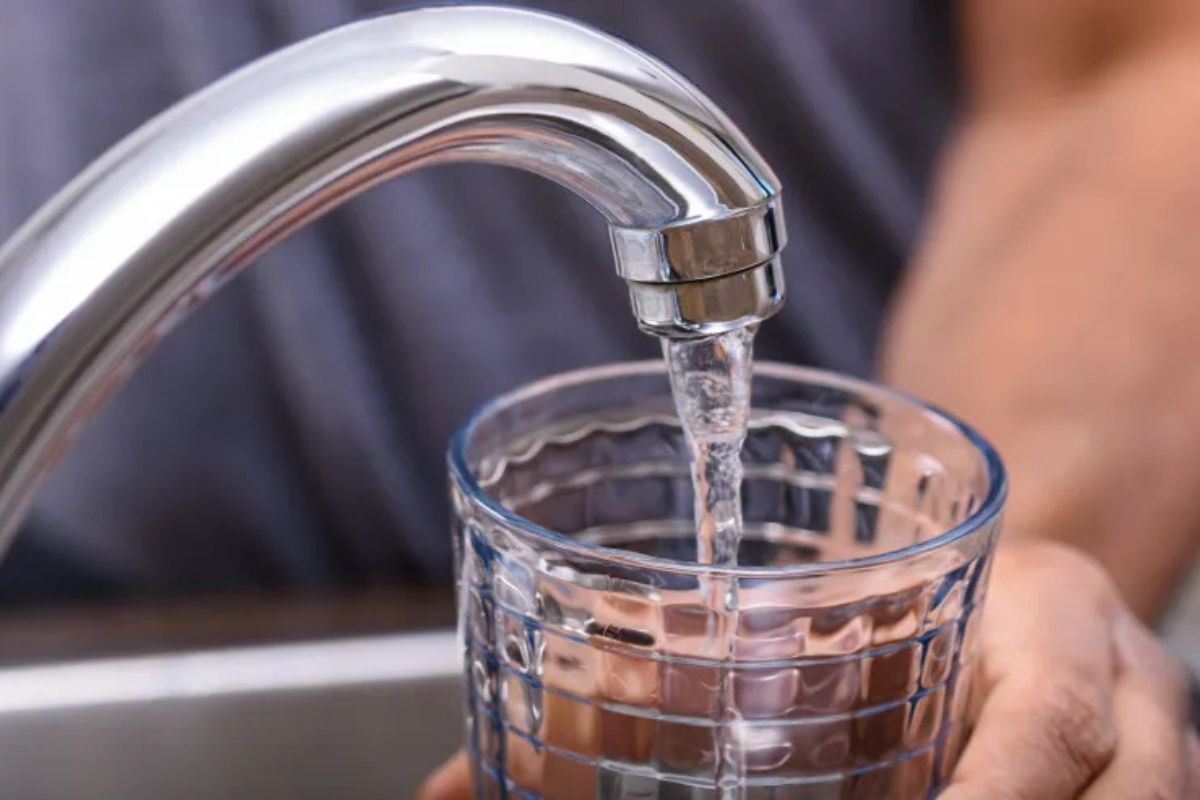The New Mexico Environment Department says more than 5% of New Mexicans that are served by drinking water utilities are receiving water that could potentially put their health at risk.
There are more than 1,000 drinking water systems in the state that serve more than 2 million people. According to the environment department, nearly 14% of those systems are in violation of at least one health-based standard,
The state has been cracking down on drinking water systems for approximately a year. Last July, the department sent letters to 138 systems warning that they could face civil penalties if they did not submit plans to address the violations.
That crackdown resulted in 14 administrative compliance orders and more than $880,000 in assessed civil penalties. The environment department is expected to issue another 16 administrative compliance orders in the upcoming months.
“Through our technical assistance offerings and focused enforcement efforts, we have reduced health-based violations and brought numerous systems back into compliance,” Bruce Baizel, NMED Compliance and Enforcement Director, said in a statement. “We will continue to hold accountable those municipal governments and private entities who are responsible for making sure our tap water is safe and reliable.”
The environment department resolved five drinking water violations in May.
May notices of violation
While the environment department has seen a reduction in health-based violations, dozens of drinking water systems are still receiving notices of violation for various problems ranging from failure to submit reports to exceeding maximum contaminant levels.
The environment department issued 59 notices of violation to 30 different drinking water systems in May.
The Chilili Water Users Association received a notice of violation from NMED in early May stating that two of its wells had exceeded the maximum fluoride levels during the first quarter of the year.
The running annual average fluoride levels from those wells was 5.4 milligrams per liter. The federal maximum levels for fluoride are 4 milligrams per liter.
Fluoride, at low levels, can protect teeth and is sometimes added to municipal water systems. However, in New Mexico, the geology can sometimes lead to higher levels of fluoride. This can cause dental problems such as mottling of the teeth, especially for young children. Exposure to high levels of fluoride over many years can also contribute to bone disease.
Families with children younger than nine years who receive water from the Chilili Water Users Association are being encouraged to find an alternate source of water that is lower in fluoride and to consult their dentists about whether to avoid using dental products that contain fluoride.
Chilili isn’t the only water system that received a notice of violation about high levels of fluoride. The Lordsburg Water Supply System, which has been working for years to address fluoride, also received one on May 20.
Meanwhile, the Pojaque Terraces Mobile Home Park near Tesuque received a notice of violation in early May about high levels of uranium in its water system. The maximum contaminant level for uranium is 30 micrograms per liter. The running annual average for the mobile home park was 78 micrograms per liter during the first quarter of the year. High levels of uranium has been an ongoing challenge for Pojaque Terraces
A full list of drinking water systems that received notices of violation from the environment department can be found here.


As a journalist, perhaps you could report on the uranium (natural, not from the Lab) in the water supply from Northern Santa Fe North to the San Luis Valley.